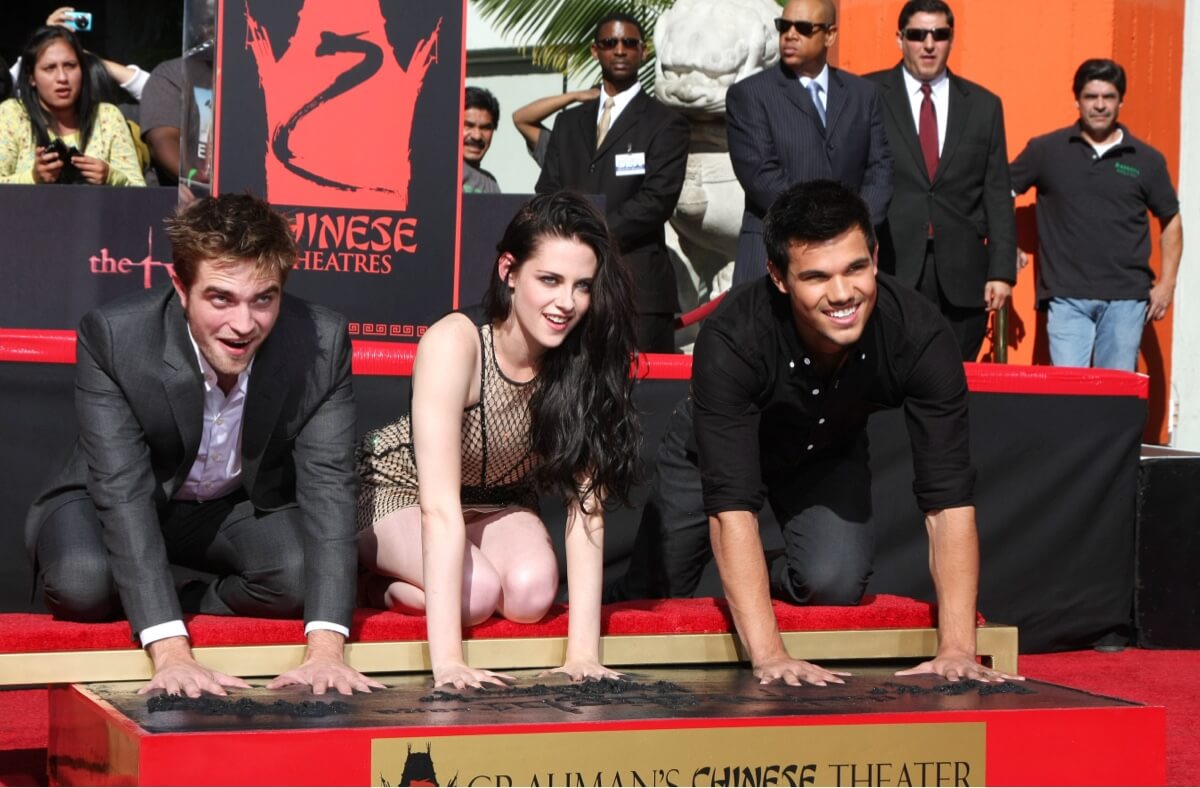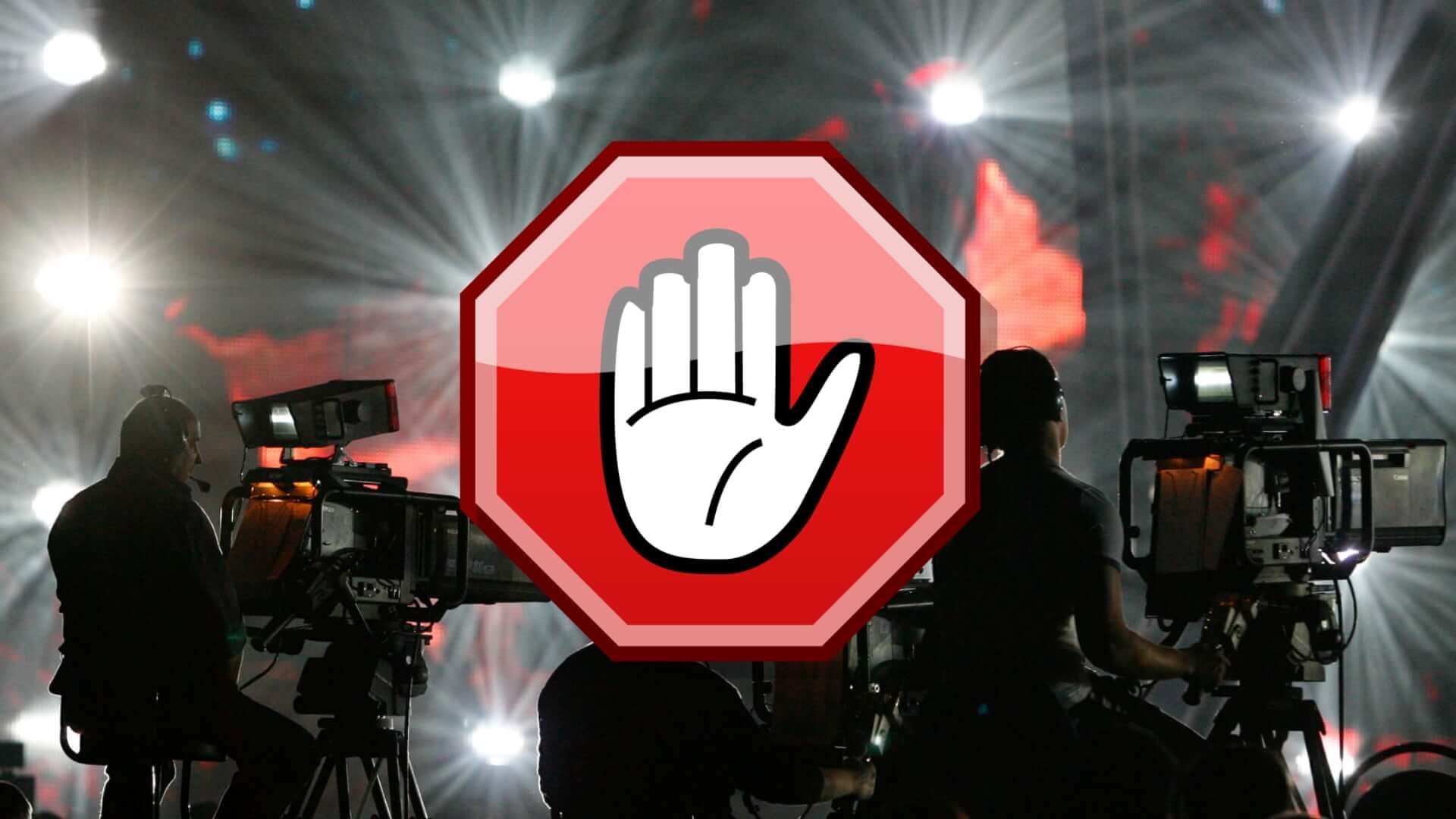Filmmakers dream of getting the greenlight– the go-ahead from a studio to get started on their project. But even a greenlight doesn’t necessarily mean a movie will see the light of day, or the darkness of a theater. There is still, unfortunately, the possibility of a turnaround. What does turnaround mean in film, and how does it come about?
What is turnaround in film?
What does turnaround mean in film?
You may know it as the term you yell at a screen during a horror movie, but “turnaround” has a specific meaning in the film industry, and it’s just as scary.
TURNAROUND DEFINITION
What is a turnaround?
Turnaround is when a movie that was in some stage of being made is put on hold. Sometimes known as "development hell," this typically occurs during the pre-production process. There are a variety of reasons a turnaround may occur, from new studio leadership to artistic differences, but it doesn’t necessarily spell doom for a project. A turnaround is also characterized by a studio’s hopes to recuperate the costs already incurred by production. Typically, this means selling the rights of the project to another interested party.
What happens to a movie in turnaround:
- Production (pre-production included) is halted
- Rights on the project are still retained
- Money has already be spent, but has the possibility of being reimbursed
We’ll be focusing on the aforementioned turnaround definition for the rest of this article, but there are other times you’ll hear the term.
First, turnaround can refer to the length of time a filmmaker has to finish a project. When someone says, “We’ve got a quick turnaround on this,” they mean the deadline is soon.
Turnaround is also used to describe the time between the end of a shooting on one day and the beginning of shooting on the next. For example, if a shoot ends at midnight and starts the next day at 10 AM, the turnaround time is ten hours.
There are typically union rules around turnaround times – usually stating they can’t be shorter than ten or twelve hours.
With these additional definitions addressed, let’s return to turnaround’s primary meaning.
What is turnaround in film?
Why does a movie turnaround?
By definition, a studio has already spent money on a movie in turnaround. So the question has to be asked: why stop production when it means there’s a possibility the studio will have wasted cash? Or, as a devastated filmmaker may put it more succinctly, “Dear God, why?!”
The reasons for movie turnaround are unique to each project. It can be a confluence of factors, but let’s look at some of the most common reasons.
Doubts of commercial potential
This is perhaps the most-cited reason for halting production (and it should be noted, when we refer to production in this article, we are referring to pre-production as well). A studio greenlights a project because they think it will make money, then they see how the project is progressing, and they lose faith.
There are a million things that may create doubt for an exec. They might have greenlit the project before the script was finalized, and now the finalized script doesn’t align with what their vision was.
Or, perhaps, the subject of the project may no longer be movie-worthy. Say an inspirational movie about Lance Armstrong is in pre-production in 2013. Then all of a sudden Armstrong admits to doping – all of a sudden your inspirational movie doesn’t seem like a great idea.
Doubts may also come from new leadership. The executive who saw commercial potential in the project may have left the studio, and now the new head just doesn’t see it.
Key Figures Drop Out
It’s pretty hard not to halt production, at least temporarily, if a major creative element leaves the project. This major element may be a director, a lead actor, a producer, or — if it’s early enough in the process — the screenwriter.
In this case, a studio has two options: try to find a replacement for the position, or put the project in turnaround. Which option they choose depends on the role and the nature of the project.
The bigger the name of the who dropped out, the more likely turnaround is the answer. This is also true if the project is tied one way or another to the creative. If Harrison Ford drops out of an Indiana Jones installment, that installment is becoming a turnaround.

Indy/Harrison • What does turnaround mean?
Production difficulties
Sometimes, things just go wrong. Schedules collide. Someone has a meltdown. Weather won’t cooperate. A sorceress curses the shoot.
Anyone in the film industry knows that nowhere is Murphy’s Law more true than on a film set. So a few bumps in the production road probably won’t spell turnaround.
But if things just don’t seem to be going right, and there’s disaster after disaster, a studio may pull the ‘chute rather than pour good money after bad. Just watch Lost in La Mancha, a documentary about Terry Gilliam's failed attempt to shoot his Don Quixote passion project.
Everything from illness to weather brought this production to its knees. 15+ years later, Gilliam finally completed the film.
Irreconcilable creative differences
This probably falls under production difficulties, but it’s worth mentioning on its own. Film is a collaborative medium, and when the collaboration ceases, usually a film does too.
Often, this is a case of big names (and therefore, big egos). Writers, directors, and actors just starting out often do what they’re told, even if what they're told is a terrible idea, because they don’t have much leverage – “Hey, I’m just happy to be here.”
More established creatives, however, may not put up with studio interference.
Tension on a set is, unfortunately, not uncommon. But if tension becomes untenable or unprofessional, a studio may have to put the project on permanent pause.
So say for whatever reason, a project has been put in turnaround. What happens now?
What is turnaround in film?
Getting out of turnaround
Yes, we’ve been describing every filmmaker’s worst nightmares so far, but here’s a break from the bad news. A movie in turnaround is not a movie which is dead. On life support, maybe. But there’s still a chance.
This chance is in the form of selling to another studio. Remember: a film in turnaround is dead to the studio which put it in turnaround.
But said studio would be more than happy to make back their money by handing over the reigns.

Paramount lot • What is turnaround in film?
The only problem is this is a risky investment for the buyer. This is a project which has an issue the current rights owners can’t resolve and it’s now going to cost more money than simply buying a spec script.
That being said, there can also be enormous upside. If the buyer sees a clear path forward, they’re being handed a project which is already well on its way to being made. There are plenty of examples of turnaround projects which ended up becoming huge hits.
In fact, let’s look at some examples now.
What is turnaround in film?
Movie turnaround examples
There are countless horror stories from development hell. Here are a couple of them which involve a turnaround. Some ended up being successful. Some not so much.
E.T. the Extra-Terrestrial
File this one under “successful.” Steven Spielberg initially worked with Columbia to develop E.T., first titled “Night Skies.” But as he continued to adjust the script, the story moved further and further from the original pitch. Columbia signed up for a sci-fi horror story, Spielberg was now offering them a sweet family-oriented fairytale.

Believe it or not, this was a movie turnaround
So, Columbia put the project in turnaround. Spielberg’s brand was on the rise, however, and Universal took a chance on the project, spending $1 million to secure the rights. Were Columbia execs kicking themselves when the film went on to break box office records? Unsubstantiated, but probably.
The Diary of Anne Frank
File this one under “unsuccessful.” This project, helmed by celebrated playwright-turned-screenwriter David Mamet, was going to follow a modern-day Anne Frank, turning her into an Israeli who had to escape terrorism.
Sounds like an incredibly bad idea, right? Disney certainly thought so, albeit too late; they still had to eat development costs.
Twilight
Stephanie Meyer’s mega-hit novel had a surprisingly long road to getting made. The IP for Twilight was initially purchased by MTV Films, and the rights were then optioned by Paramount Pictures. But Paramount’s development of the book stalled out, and the project was put into turnaround.

Where would we be if Twilight didn’t happen? • Movie turnaround
Finally Summit Entertainment picked up the project and saw it through. Bella heads rejoice!
The development process is a long road with a lot of bumps. A turnaround may be a big bump, but it doesn’t have to total the car.
Up Next
What is distribution?
Say by some miracle you make it all the way through development and production. First, pat yourself on the back. Well done. Second, focus on distribution. Distribution is a crucial but often under-discussed stage of the filmmaking process. In this article, we tell you all you need to know.
Up Next: Distribution Explained →
Showcase your vision with elegant shot lists and storyboards.
Create robust and customizable shot lists. Upload images to make storyboards and slideshows.

Very nice information about film production . thanks you